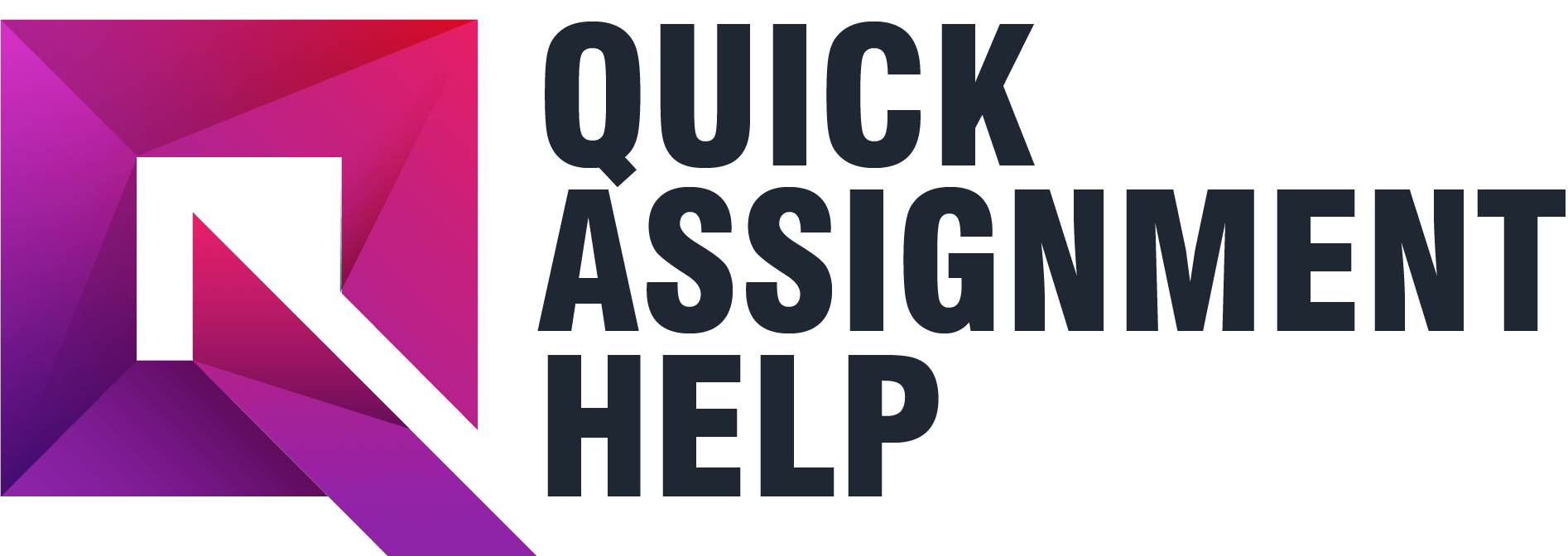Last updated on March 14th, 2024 at 01:20 pm
Prepare a 1000-1250 word paper that presents your assessment and proposes a strategic

Research a health care organization or network that spans several states with in the United States (United Healthcare, Vanguard, Banner Health, etc.). Assess the readiness of the health care organization or network you chose in regard to meeting the health care needs of citizens in the next decade.
Prepare a 1000-1250 word paper that presents your assessment and proposes a strategic plan to ensure readiness. Include the following:
- Describe the health care organization or network.
- Describe the organization’s overall readiness based on your findings.
- Prepare a strategic plan to address issues pertaining to network growth, nurse staffing, resource management, and patient satisfaction.
- Identify any current or potential issues within the organizational culture and discuss how these issues may affect aspects of the strategic plan.
- Propose a theory or model that could be used to support implementation of the strategic plan for this organization. Explain why this theory or model is best.
Prepare this assignment according to the guidelines found in the APA Style Guide, located in the Student Success Center. An abstract is not required.
This assignment uses a rubric. Please review the rubric prior to beginning the assignment to become familiar with the expectations for successful completion.
Expert Answer and Explanation
Health Organization Evaluation
One of the primary goals of healthcare organizations is providing different patient care and clinical services that are geared to eradicating some of the most common healthcare problems. In the recent few years, numerous technological developments have provided a window of improvement of healthcare organizations in their processes of delivering care to the citizens.
Banner health is one of these organizations that serve as core contributors to the health and wellness of Americans (Kash, 2016). This essay explains some of the elements that show the readiness of Banner health in meeting the demands of citizens in the forthcoming decade. Whereas the organization is faced with different issues that negatively affect the organizational culture and operations, the application of PEST theory in managing the issues can help to align the organization to the right framework for delivering the objectives of care through the next decade.
Description of the Organization
Banner Health is a non-profit healthcare organization in the US that operates in different states offering health services ranging from rehabilitation, primary care, labs, long-term care, hospice, and hospital care. The history of the organization starts in 1999 when Samaritan Health System and Lutheran Health Systems merged to form one entity that operated in 14 states (Kash, 2016).
Besides offering healthcare to populations, the organization offers teaching services, with the main institution being the Banner-University Medical Center, Phoenix. Also, it operates Medicare Advantage, and insurance plan called University Care Advantage and also a family based care called the Banner University Family care.
The organization is impactful in some states more than others, such as in Arizona where it has more than 50,000 employees at present. The senior management of the organization, led by the President and CEO (currently Peter S. Fine), is the initiator of the major decisions throughout the organization (Sharma, Fleischut, & Barchi, 2017).
Readiness of the Organization based on Evaluation
The organization is ready to meet the rising healthcare demands of citizens in the next decade as it has been incorporating programs that allow efficient care in the light of the emerging technology. In 2006, the organization launched a telemonitoring program in which it extended patient care operations beyond the healthcare facilities (Sharma, Fleischut, & Barchi, 2017).
One of the primary effects of this program was saving over 34,000 ICU days and reducing the mortality rates by a significant percentage (Sharma, Fleischut, & Barchi, 2017). Also, telemedicine operations reduced the overall length of stay in facilities and helped to boost the cost control operations. Specifically, organizations under Banner health would now spend less in the patient care operations and hence would optimize the costs of care to patients.
Since the implementation of telemedicine, it is clear that there are many other technological developments that have helped banner health to achieve its current status (Pandian, 2016). Also, it is likely that it will be a pioneer in implementation of even higher forms of technology in primary care such as virtual reality and artificial intelligence, and hence it is generally ready to meet the healthcare demands in the coming decade.
Another element that shows the readiness of the organization in meeting the upcoming healthcare demands is the culture of acquisition. In 2014, the organization acquired Casa Grande Medical Center, and in July 2020, it acquired Wyoming Medical Center. These acquisitions are valuable to the organization as they add to the overall productivity through direct injection of skills and resources to the present organization (Kash, 2016).
In 2016, for instance, acquiring 32 of the urgent care facilities in Arizona left the organization almost as a monopoly of healthcare provision in the state, hence limiting the overall competition it faced. A continuous culture of acquisition is likely to make the organization reduce the hindrances of growth such as unhealthy competition and scarcity of skills through the next decade.
The last element that shows the organization’s readiness to meet the healthcare demands in the next decade is the health education affiliation. While most of the healthcare organizations recognize the need for constant research and improvement of operations, very few of them get to the ground to produce results (Cairns, Bollinger, & Garcia, 2017).
Most organizations tend to use knowledge that has been generated by other operators. For banner health, the present partnerships with different learning institutions serve as a core element of growth in the operations through the next decade.

Strategic Plan to address issues within the Organizational Culture
One of the issues that have negatively affected the organizational culture is the presence of data breaches and cyber-attacks. In 2016, banner health was caught in a security breach that exposed information of over three million patients and employees. If not addresses tactically, the issue can lead to massive financial and reputational loss of the organization (Pandian, 2016). The strategic plan to address the issue entails investing in stronger firewalls of data and cyber-attack protection.
Potential and Current Issue within the Culture and their Effect on the Strategic Plan
One of the potential and current issues within the culture that may affect the strategic plan of the organization is the absence of the organization in different states of the US. While Banner health is felt strongly in Arizona and in other states around it, it is evident that there are other organizations that have a greater healthcare command in other states (Soto et al., 2016). The organization needs to open up to investing in other states, as this issue could have numerous negative implications in the strategic plan, such as the presence of strong external competition.
Theory Proposition
The theory of competitive advantage can be used in the implementation of the strategic plan decisions of Banner health at the corporate, local, national, and individual levels. Under this theory, the organization needs to globalize their services and implement optimal utilization of resources for it to sustain its productivity (Soto et al., 2016).
The organization should therefore engage in the resources available in other states to ensure its productivity throughout its ventures. When managed well, the plan could lead Banner health to become a top leader in healthcare provision in the US across all the states, and possibly extend to other countries.
Conclusion
Banner health is ready to face the healthcare demands that are present throughout the next decade as it has embraced technology, learning environments, and the culture of acquisitions. One of the challenges that face the strategic plan is cyber security attacks, and can be controlled by installing higher firewalls for protection. While the organization is strongly felt in Arizona and other few countries, it stands a chance to explore its operations in other US states and become a leader in the provision of healthcare across the globe.
References
Cairns, C. B., Bollinger, K., & Garcia, J. G. (2017). A Transformative Approach to Academic Medicine: The Partnership between the University of Arizona and Banner Health. Academic Medicine, 92(1), 20-22. Doi: 10.1097/ACM.0000000000001345
Kash, B. A. (2016). Interview with Peter S. Fine, FACHE, President and CEO of Banner Health. Journal of Healthcare Management, 61(2), 81. https://www.questia.com/library/journal/1P3-4152913421/interview-with-peter-s-fine-fache-president-and
Pandian, P. S. (2016). An Overview of Telemedicine Technologies for Healthcare Applications. International Journal of Biomedical and Clinical Engineering (IJBCE), 5(2), 29-52. DOI: 10.4018/IJBCE.2016070103
Sharma, R., Fleischut, P., & Barchi, D. (2017). Telemedicine And Its Transformation Of Emergency Care: A Case Study Of One Of The Largest US Integrated Healthcare Delivery Systems. International journal of emergency medicine, 10(1), 21. https://doi.org/10.1186/s12245-017-0146-7
Soto, F., Podkameni, D., Chen, A., Graf, E., Glenn, J., & Jaber, J. (2016). Seven Year History of Band Removals at Banner Health Gateway and Estrella, Arizona. Surgery for Obesity and Related Diseases, 12(7), S77-S78. https://doi.org/10.1016/j.soard.2016.08.119
Place your order now for the similar assignment and get fast, cheap and best quality work written by our expert level assignment writers.

